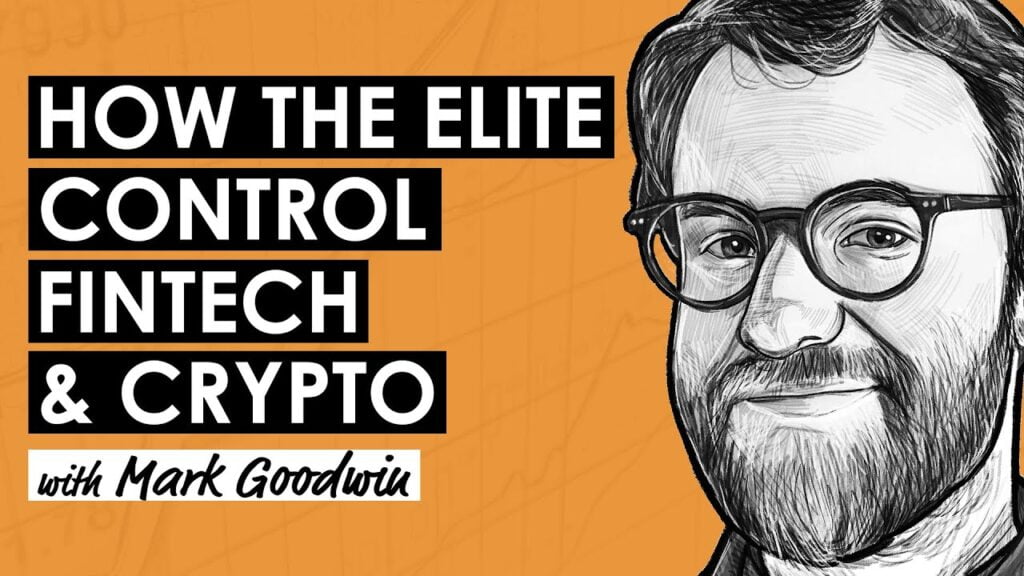Research Summary
The report discusses the resilience of blockchain technology amidst a challenging macroeconomic environment, highlighting Bitcoin’s significant rebound in 2023. It also covers the accelerated institutional adoption of blockchain and cryptocurrencies, positive developments in the U.S. regulatory landscape, and the transformation of the blockchain industry. The report further delves into the implications of the “1-Year HODL Wave” indicator and the contrasting views on Bitcoin by key figures in the financial sector.
Key Takeaways
Resilience of Blockchain Amidst Macroeconomic Challenges
- Bitcoin’s Robust Performance: Despite the poor performance of major tech stocks in 2022, Bitcoin’s price decline was in line with these companies, demonstrating the robustness of blockchain technology.
- Significant Rebound in 2023: Bitcoin and the broader blockchain industry experienced a significant rebound in 2023, with Bitcoin’s price and the overall cryptocurrency market capitalization doubling since the start of the year.
Accelerated Institutional Adoption of Blockchain
- Anticipated Approval of Spot Bitcoin ETFs: Institutional adoption of blockchain and cryptocurrencies has accelerated, with major financial institutions such as BlackRock, Fidelity, and Bitwise expected to approve spot Bitcoin ETFs, likened to the introduction of gold ETFs in the early 2000s.
Positive Developments in U.S. Regulatory Landscape
- Ripple’s XRP Ruled Not a Security: Positive developments in the U.S. regulatory landscape for blockchain were underscored by Ripple’s XRP being ruled not a security.
- Grayscale’s Legal Victory Over the SEC: Grayscale’s legal victory over the SEC regarding their Bitcoin ETF application further highlights the positive regulatory developments.
Transformation of the Blockchain Industry
- Growth of Ethereum Layer 2 Solutions: The blockchain industry is undergoing a transformation akin to the internet’s evolution from dial-up to broadband, evidenced by the growth of Ethereum layer 2 solutions and hyperscale blockchains like Arbitrum.
Implications of the “1-Year HODL Wave” Indicator
- Restricted Tradeable Supply: The “1-Year HODL Wave” indicator from Glassnode, which tracks the percentage of BTC held by wallets not sold in over a year, reached its highest ever, suggesting a restricted tradeable supply and historically correlating with market lows.
Actionable Insights
- Understanding the “1-Year HODL Wave” Indicator: The 1-Year HODL Wave is a metric indicating the percentage of bitcoins that have remained in the same wallet for at least one year, currently used to gauge the cycle stage of Bitcoin. A decrease in the 1-Year HODL Wave typically signals an approaching cycle peak for Bitcoin’s price, as long-term holders begin to sell and realize profits.
- Monitoring Regulatory Developments: It is crucial to monitor rulemaking and pending litigation for their future implications in the blockchain industry. The SEC’s increased scrutiny on NFTs suggests future regulatory attention, prompting issuers to carefully consider their product design, marketing, and promotion strategies.
- Challenging the Status Quo: Congressman Ritchie Torres advocates for the disruption of traditional financial systems by decentralized finance (DeFi), challenging the status quo and the need to protect legacy financial institutions that fail to serve underprivileged communities.














